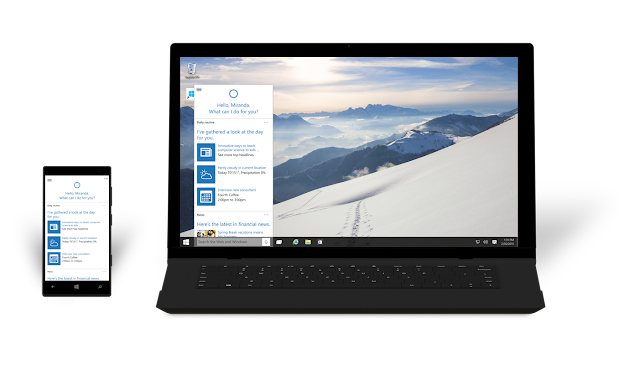Video Information

How to install Windows 10: download and upgrade from Windows 7 or 8.1
Step 1: Head to Microsoft's new Windows 10 download page and click on the link for the 64-bit version. Simply use 32-bit if your computer does not have a 64-bit cpu. There's no need to save the file - just choose the Run option. http://www.balingbambu.com/mau-foto-selfi-kamu-terlihat-menarik-download-aplikasi-ini-di-smartphonemu/
Step 2: You will see two choices: Upgrade now, or create installation media. Presuming you're trying to update the PC you're running the tool on, choose Upgrade this PC now. The reason for this is that you can't do a clean install directly away as part of the free update. See our step by step guidelines on installing Windows 10 for details on a clean install.
Step 3: Now Windows 10 will start downloading it from scratch. We've simply attempted this on a laptop and there does not appear to be any delay from Microsoft's hosts, even on launch day.
http://www.balingbambu.com/harga-terbaru-tablet-acer-predator-8-performa-tanpa-kompromi/
Step 3: If you would instead make a bootable USB or DVD to install Windows 10 on another computer, or several PCs, select that option. This is a brand new and simpler way to install Windows than dealing with ISO images, as the download tool is an all-in-one utility that will do anything for you. All you need is at least a 4GB USB drive (or writable DVD). It can also convert the downloaded files to an ISO if that's what you want. You may choose the language, and even to create a bootable drive or disc with both 32-bit and 64-bit versions. What's necessary is that you choose the correct Edition. You can view which edition your pc is suitable for in Will my PC get Windows 10?
Step 4: Accept the licence terms when prompted, and the installer will then check out your PC for compatibility with Windows 10, that it has enough free space and will get upgrades. You will never need an activation key for Windows 10 if you are upgrading from an eligible version of Windows 7 or 8.1. http://www.balingbambu.com/beberapa-tips-atasi-baterai-laptop-yang-boros/
Step 5: When prompted, click on to install Windows 10 and your machine will restart. You'll see a Windows brand, followed by a language choice - UK English have to be selected. Windows 10 will then install automatically, maintaining all your programs (apart from antivirus), files and settings. However, as we explained at the start, it's worth backing up anything you can't afford to lose first.
Step 6: While you finally arrive at the Windows 10 desktop, enable a bit of time for Windows 10 search for drivers for your computer hardware. Initially on our test notebook, it looked as though the graphics card drivers had not been discovered and installed. Nevertheless, after a short while this was all done in the background and the right resolution set.
http://www.balingbambu.com/laptop-kamu-cepat-panas-mungkin-ini-dia-penyebabnya/
If you need to do a clean install, then scroll down to another section.
until, it's worth heading to Device Manager and verifying that all drivers are installed, especially for the system chipset. If you cannot find Windows 10 drivers through your motherboard manufacturer, Windows 7 or 8 drivers may work.
Step 7: Now read our Windows 10 in screenshots for a guideline to how to use the new functions.
Read more : http://www.balingbambu.com/prediksi-ios-bisa-hancurkan-dominasi-android-di-tahun-2016/

